Geared Up: Summer Picks
POC Pure Bib Shorts VPDS, $130
For decades, there were assumptions and expectations around bibs for female cyclists: the seam hits awkwardly in the gut, the bib straps will lay either unflatteringly or uncomfortably (or often both), and if one needs to commune with nature but didn’t bring a P-style or she-wee, she will end up completely naked on the side of the road, behind a tree, or in a porta-potty or gas station bathroom where she tries to keep her garments from touching the inevitably wet floor. Most all of us have dreamed up our own version of a more reasonable option and wondered why a company with resources hadn’t come to the same epiphanies we had. In the past few years, that’s finally happened. POC’s design addresses many of these problems without any clasps, zippers, or gimmicks. The ingenuity? Turning the straps around. That stretchy, breathable piece of fabric we are used to riding up our spine in a T now rests on the breastbone, which allows for breasts to move naturally without compression or chaffing and also for the back of the shorts to drop down without getting undressed. The lower back has a crisscrossed fabric which allows for coverage as well as mobility when you need the extra room to pull them down. The chamois itself has silicone inserts that sounds gimmicky but really does help absorb vibration, and as an added detail, there is a little inconspicuous reflective tab on the leg to add that extra bit of safety and visibility. These shorts, which fit true to size, have quickly made it into my steady rotation for any ride longer than a few miles. The main problem I have with these shorts is that they’re always dirty because I’ve always just worn them. –Carolyne Whelan
If you’re not a fan of Crest or Colgate, it can be hard to find a travel-size tube of toothpaste. I don’t like to carry a full-size tube when I travel or tour — it takes up too much space, and TSA will yank it even if the tube is mostly empty. Thanks to Matador’s Refillable Toothpaste Tubes, I can carry the toothpaste I want in the amount I need. The TSA-approved tubes are made to replace travel-sized tubes. They come in one- and two-week volumes. A standard screw cap at the top of the tube dispenses toothpaste, and the end of the tube opens for easy filling, then folds over to close securely with a sliding clip. The food-safe polyethylene tubes are BPA- and PVC-free, and they’re dishwasher-safe for easy cleaning. I’ve been using these tubes for the past three months without a hitch. The one-week tube lasts me at least two weeks, and the larger tube has been perfect for longer trips. –Berne Broudy
Minus33 Woolverino Raglan T-shirt, $70
Minus33’s Woolverino Raglan T-shirt consists of the brand’s micro-weight merino wool, which is light, breathable, and perfect for summer cycling. Unlike Minus33’s socks, which are made in New Hampshire, the Woolverino is made in China with wool sourced from Australia. This shirt is priced a little lower compared to its competition from, say, Ibex, but you wouldn’t know that to look at it. The fabric looks and feels nice, the stitching is high quality, and the athletic-cut fit is spot-on for my lanky, six-foot frame in size medium (if you prefer a looser fit, size up). The micro-weight wool is thin and airy, perfect for a base layer in cold weather or as a standalone shirt in the summer. –Dan Meyer
These days my road bike lives on a trainer, and I ride my gravel bike on tarmac and dirt. So when I’m picking tires, I choose ones that roll fast on pavement and hardpack dirt with enough side knobs that I can dip into my local trails without wiping out. Pirelli’s Cinturato H fits the bill. The tire has a fast-rolling center tread with pronounced shoulder knobs that keep me rubber-side down when I lean in on fast and flowy dirt. The 120 TPI tire comes in a wide range of sizes, including a touring-friendly 650b x 50mm that feels fast on pavement but soaks up the bumps and turns on loamy trails. I’ve used the Cinturato H on big road rides pumped to max PSI, and I’ve run it low in soft conditions and on singletrack, and I haven’t had to swap tires or wheelsets until I’ve clocked enough miles that they wear out. I also haven’t flatted thanks to the highly engineered casing, which combines the toughness of MTB tires with low rolling resistance. –BB
Gore Wear Distance Bib Shorts+ 2.0, $200
Described as “your tuxedo of bike kits,” the updated Gore Wear Distance kit is built for comfort and endurance. Specifically, the bibs: Gore Wear designed these bibs to withstand loads of miles, which is why they’re ideal for long-distance bicycle travelers. The dense, ultra-fine knit fabric is so soft it feels like it’s not even there. With seams reduced by 50 percent from the first generation of these bibs, there are fewer breaking points and less chafing. Additionally, the 2.0 bibs have a raised cut in the front and back of the shorts to add support for longer miles. The simplified chamois also reduces chafing points and is held snuggly in place by bib suspenders that are attached directly to it. The mesh straps are super breathable, don’t roll in on themselves, and don’t dig into your shoulders, which I love. Perhaps my favorite detail is how the straps are sewn into the shorts: the connection is so simple that if the straps stretch out with time, having a tailor shorten and reattach them would be super easy, which is not the case with most other bibs on the market. Gore Wear has a robust testing facility in Europe — they put their clothes through the ringer in both a cold chamber and a rain chamber to make sure they’re giving consumers their money’s worth. Because they’re a European-based brand, the sizing is nearly one size smaller than standard U.S. sizes, so make sure to use their sizing charts before ordering. Available in XXS–XL, men’s and women’s. –Ally Mabry
Gore Wear Distance Jersey, $150
If you’re looking to treat yourself to a total luxury cycling jersey designed to be paired with the bib shorts above, Gore Wear has you covered with their Distance Jersey. There are a few notable features that make this jersey stand out above the rest. First, the neckline is lovely and ergonomically shaped — it’s a semi-V-neck so that when the pockets on your lower back are loaded it doesn’t pull at the front of your neck (genius!). The back of the neckline sits a bit higher than other jerseys I’ve worn, which is nice for increased sun protection. The sleeves have a raw-cut hem, so they effectively act as a second skin. The sleeve cut is relatively long, so they cover more of your upper arm (again, sun protection!) and don’t ride up as you bend forward. Third: the pockets. There’s a thin reflective strip along the bottom of the three back pockets to increase visibility in dark conditions, and the pockets themselves have a small gusset at the bottom to increase storage.
The most notable feature is how gosh dang simple this jersey is — for me, that’s where the beauty lies. The fabric is incredibly soft and light and, just like the Distance Bib Shorts+ 2.0, barely noticeable when you’re wearing it. Plus, this is a really sharp-looking jersey, which never hurts. Available in XXS–XL, men’s and women’s, and in four lovely, neutral colors. –AM
Garmin Varia RCT715 Radar Camera Tail Light, $400
Whether you’re new to bicycle travel or have been at it for 70 years, you can probably agree that road touring can feel scary sometimes. Even seasoned cyclists have noticed vehicles are larger, traffic has increased, and drivers are more distracted and often angry. Dirt roads have less traffic, but the problems don’t disappear with the pavement. Over the years, there have been different gadgets available to sense cars coming up behind us, or record our rides, or at least make us more visible to those around us. The Garmin Varia RCT715 attempts to cover all these safety holes with one device. The $400 price tag feels harsh, but if you were planning on buying a Cycliq Fly6 for $250 and a Garmin Rearview Radar for $200, you would be spending more money and have two devices to worry about charging, mounting, and maintaining. Makes the $400 feel like a downright bargain, doesn’t it?
The Varia RCT715 works with a Garmin Edge cycling computer, but it also has a (free) app that does the job well. With the app, I was able to go on a 50-mile ride with RideWithGPS both recording and giving me turn-by-turn audio directions while also having the Varia alert me when a car was approaching. This device as a radar tool and as a camera set to record when a vehicle is trailing you for a minute can get a little annoying when you’re on or near a busy road or in an urban environment, or while riding on a bike path not in a group ride. The Varia knows when you have a cyclist riding with you, but if a cyclist is coming up on the bike path, it treats them the same as a motorized vehicle, which can become a little … much. And if you are in a somewhat populated area, the excess of cars can start to feel overwhelming and distracting.
The Varia RCT715 really shined for me once I hit the country roads, especially where the shoulder disappeared and I needed to be hyper aware of my surroundings at a time when I can’t trust the drivers take the same caution. While I didn’t experience any hostile driving during my lengthy testing time, I appreciated the peace of mind in knowing that if there were an incident, I would have it on camera without having to struggle with my phone to grab a license plate number. (I wish I had a Varia RCT715 years ago when I lived in a city where drivers often swerved purposefully into cyclists to scare us, and more than once I had cans thrown at me and once was even shot at with a BB gun. For this reason, I will always appreciate a device that allows for some accountability.) I also liked that the device locks onto its mount — at $400, it’s not the sort of blinky light you want to risk falling off, and it makes it much easier to pop off your bike and take with you when you stop for a bathroom or lunch break. I wish it paired with my Garmin watch, but it only pairs with certain high-end models.
All in all, for the rides where I was glad I had the Varia RCT715 with me, I was very thankful I had it. In addition to its bright and multidirectional light, I appreciated being able to know when I needed to adjust my positioning and being able to turn the camera on to record when riding through stressful areas. In an ideal world, all bikes will have these sorts of radars and rear cameras, not to make us jump out of the way and record drivers for evidence after an incident, but so that we live in a world where drivers are naturally more cautious, knowing their actions will not go unnoticed. –CW
CEP Run Compression Mid Cut 4.0 Socks, $20
There’s been a lot of hype the last few years about the benefits of compression fabrics, especially socks. You see compression socks everywhere: on football players, on skiers, on airplane passengers. And, of course, on cyclists. Spoiler alert: I’m not here to weigh in on the scientific evidence of compression. There are a lot of people who swear by compression socks, but until I was sent a pair of CEP’s Run socks, I’d never used them before. So after using the Run Compression Mid Cut socks for the better part of a year, mostly for road riding, do I feel the benefits? It’s hard to say. It’s possible that my feet feel a little fresher after a long ride in the Run socks, but then again, I don’t really have foot issues. I will say that I do very much like the feel of the compression and CEP’s fabric: these are very comfortable socks, and they also breathe and wick sweat well. And even though I’m a merino wool sock guy anymore, these CEPs smell pretty innocuous after a long, sweaty ride, which is impressive for a purely synthetic fabric.
Claims about compression aside, the CEP Run makes for a fine performance cycling sock. And it doesn’t cost any more than other performance socks, so if you’re looking to experiment with compression, you can’t go wrong with CEP. –DM
Sea to Summit Hydraulic Packing Cubes, $25–$50
I often lose things inside my panniers or my frame, seat, and handlebar bags. Lately, I’ve gotten more organized while also keeping my gear dry and dust free with Sea to Summit’s lightweight packing cubes. Made from TPU Laminated 70D ripstop nylon with welded seams and water-resistant zips, the cubes hold everything from clothing to electronics, tools, toiletries, and more. They come in five sizes, all with a translucent TPU window panel so I can see what’s inside without pulling everything out of my pack. When I do need to retrieve a cube, the welded, low-profile Hypalon handles are easy to grab. I’ve also used them to lash cubes on the outside of my seatbag when I needed more space. The cubes aren’t waterproof, so don’t submerge them. But they’re perfectly adept at weathering a storm. Buy them individually or as a set. –BB
Summer means hot sun, high temperatures, and, for some parts of the country (not me!), humidity. As much good as they do to keep our noggins in one piece, helmets impede airflow and sweat evaporation, making us even hotter and sweatier. So if you’re on the lookout for the lightest, most well-ventilated bike helmet, consider the POC Omne Lite. It’s so light, it can’t even afford the letters to spell the word correctly! Joking aside, the Omne Lite is the lightest bike helmet I’ve ever strapped to my grape, and it vents so well that I had to stop using it in the winter because my head was getting too cold, even with a cap on. But as soon as it warmed up, the Omne Lite became my go-to for road rides. It’s also comfortable on long days, looks pro in “hydrogen white,” and can stow sunglasses securely in the front vents. At $190, the Omne Lite is on the upper end of the pricing scale, but if weight and ventilation are at the top of your list of priorities, it’s a fair bargain. –DM
Outdoor Research ActiveIce Spectrum Sun Hoodie, $100
Where I live, in Utah, the sun is a powerful thing. Mid-summer, my bike rides usually take place early in the morning or at high altitudes, where my thick, Midwestern blood can stay relatively cool. But if I’m riding later in the day or on an all-day outing, wearing a sun shirt is key to staying both cool and free of sunburn. The exhaustively named Outdoor Research ActiveIce Spectrum Sun Hoodie makes a lot of marketing claims: Self-cooling technology! Dynamically cooling! Phase changes! It may sound silly, but it works. (How does it work? I have no idea.)
The ActiveIce hoodie claims a UPF 50-plus rating to protect you from the sun, and the long, loose fit (I wore a size medium) keeps the material from stretching over your skin (the material won’t protect you to the same degree if it’s stretched). The hood is big enough to go over a helmet, and thumbholes keep the sleeves in place. The material breathes exceptionally well, feels good against the skin, and after a day of use, it doesn’t stink nearly as much as other synthetic fabrics out there. The “titanium” color dirties up pretty easily, but that’s a small mark on an otherwise solid product.
I’ve used the ActiveIce for mountain biking, hiking, and backcountry skiing in the spring, and I’ve thoroughly enjoyed the protection from the sun it provides. But does it actually make you cooler? A brief anecdote might provide some context. Last summer, I met up with a buddy to ride some high-altitude trails near Mount Timpanogos. It’s a great place to beat the heat when the sun is baking the valley to a crisp. My buddy and I are pretty similar in terms of skills and fitness, which is why I was surprised when he started complaining about the heat. He was covered in sweat and bogging down on the climbs. I checked that he was hydrated and had electrolytes in his bottle. I, on the other hand, wasn’t feeling the heat at all; I felt great. Then it hit me: I’d been wearing the ActiveIce shirt with the hood over my helmet. My science-brained wife would call this an n of one, and she’d be right. But it was confirmation enough for me that Outdoor Research’s ActiveIce fabric lives up to the hype. –DM
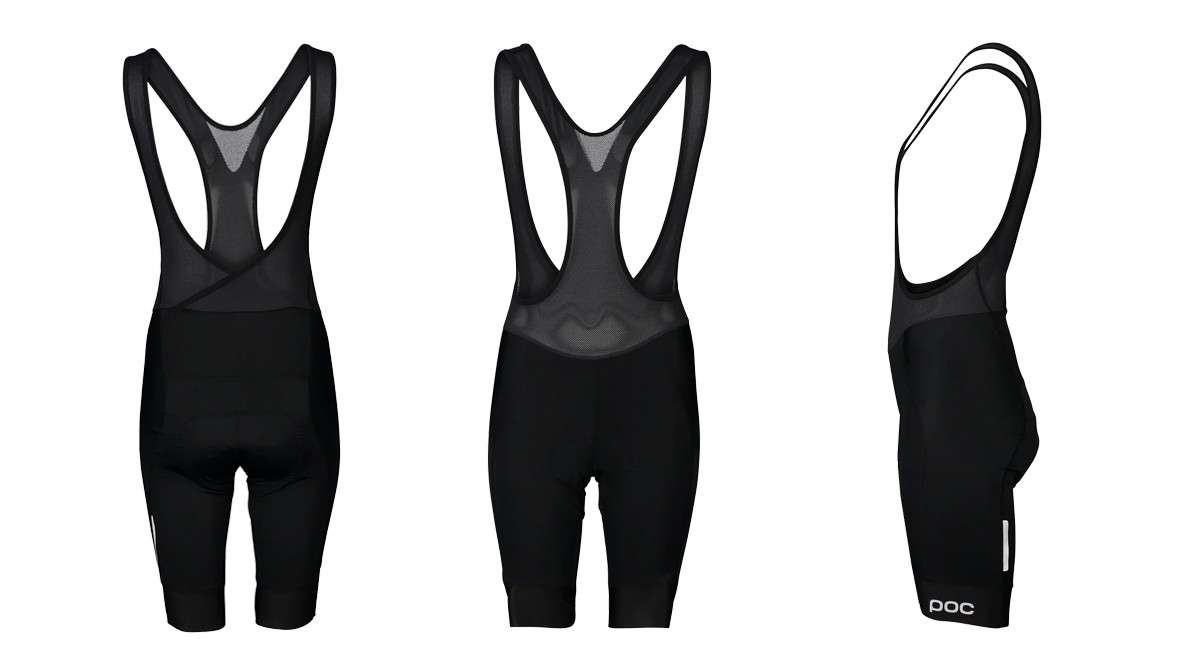

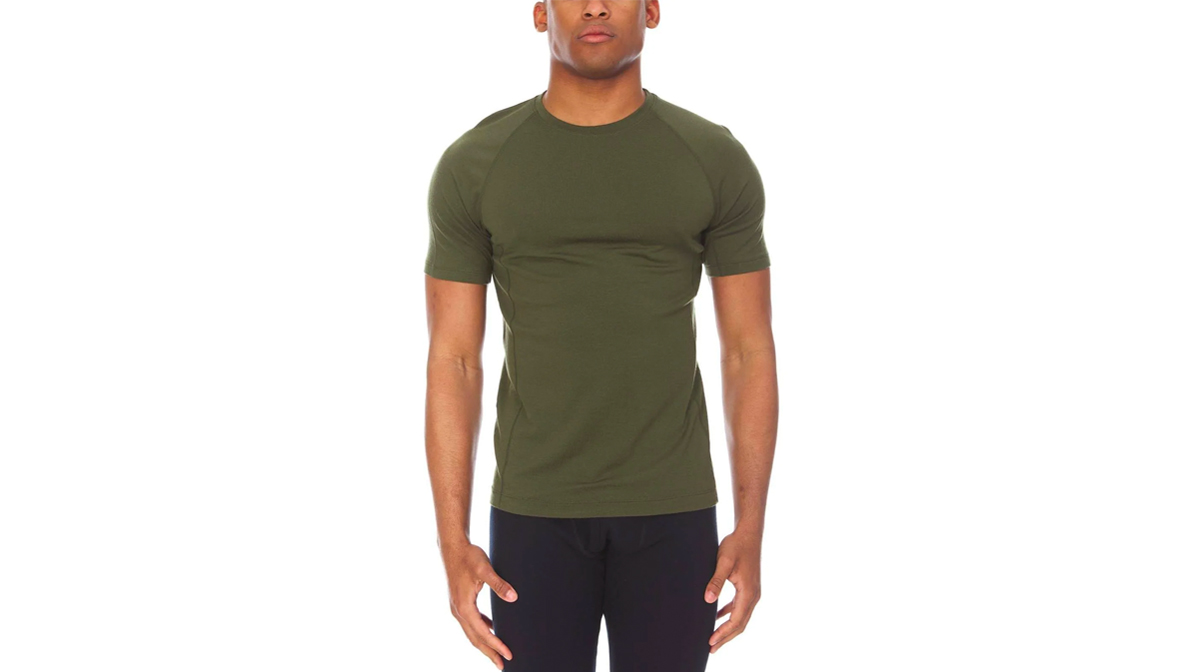
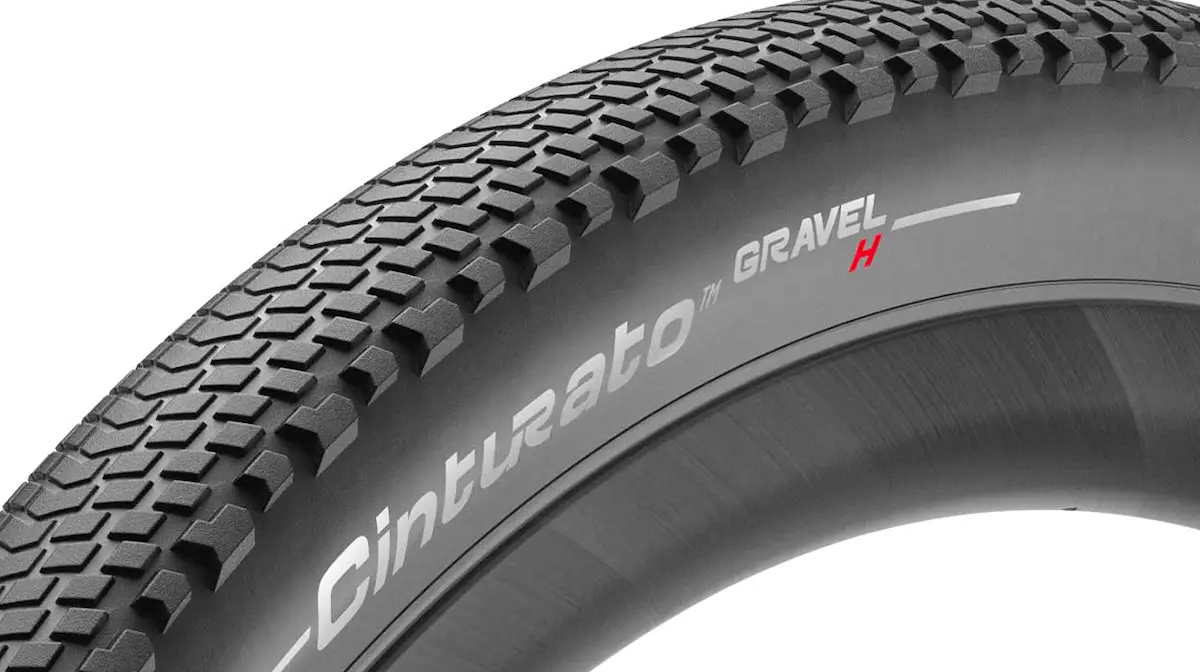
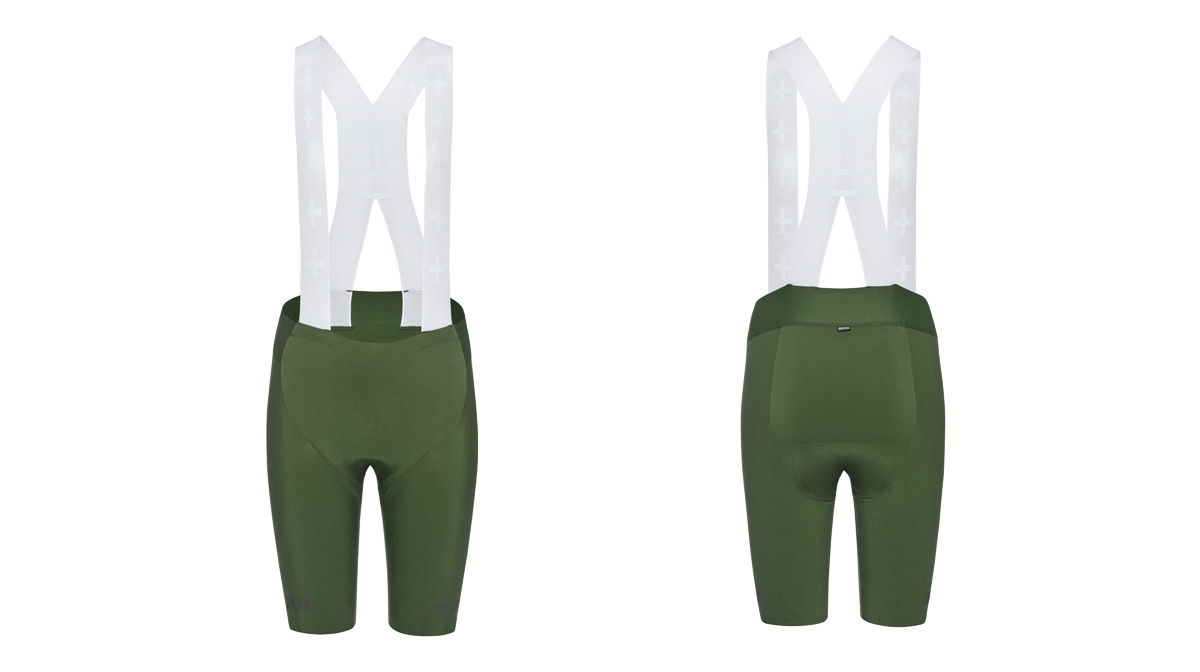


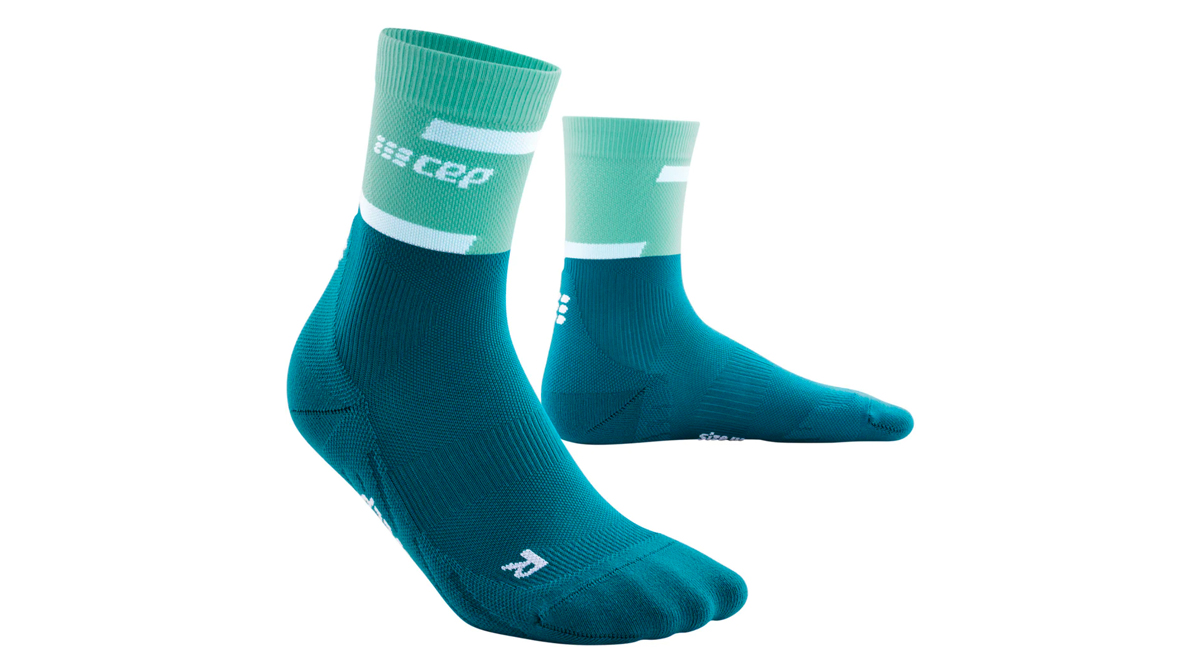
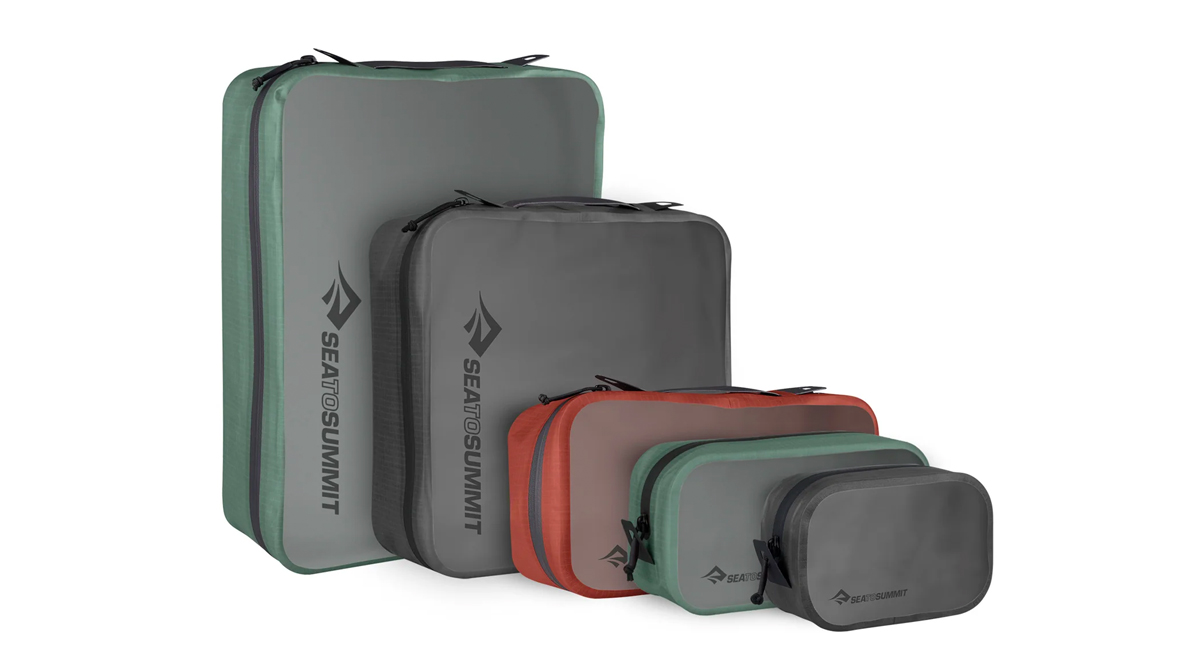

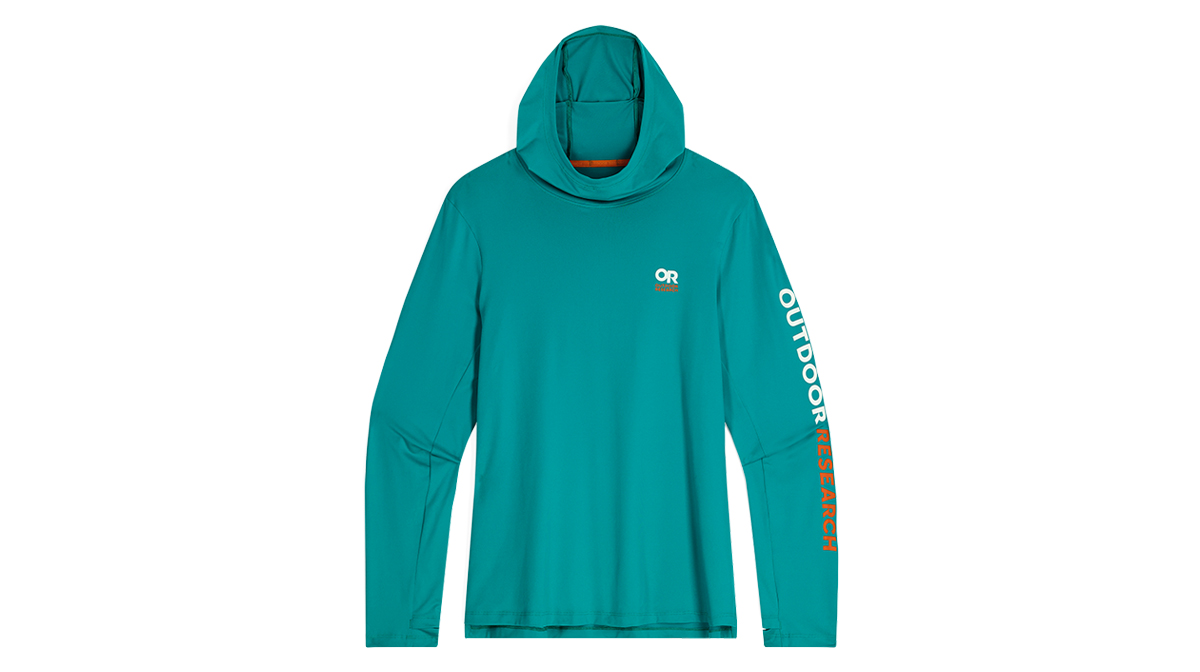
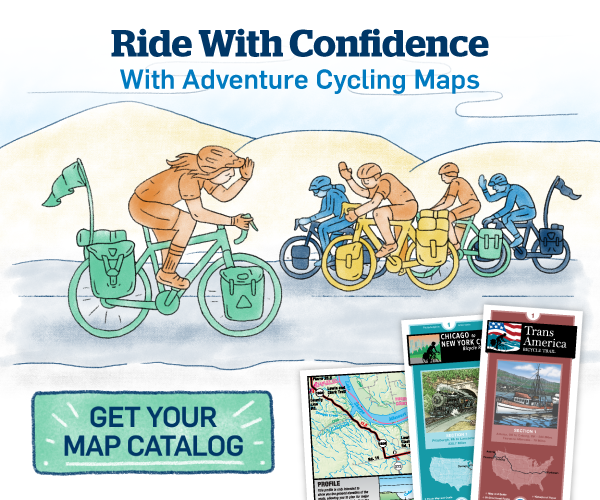
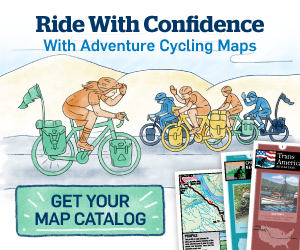
Comments
Forgot Password?
Enter your email address and we'll send you an email that will allow you to reset it. If you no longer have access to the email address call our memberships department at (800) 755-2453 or email us at memberships@adventurecycling.org.
Not Registered? Create Account Now.